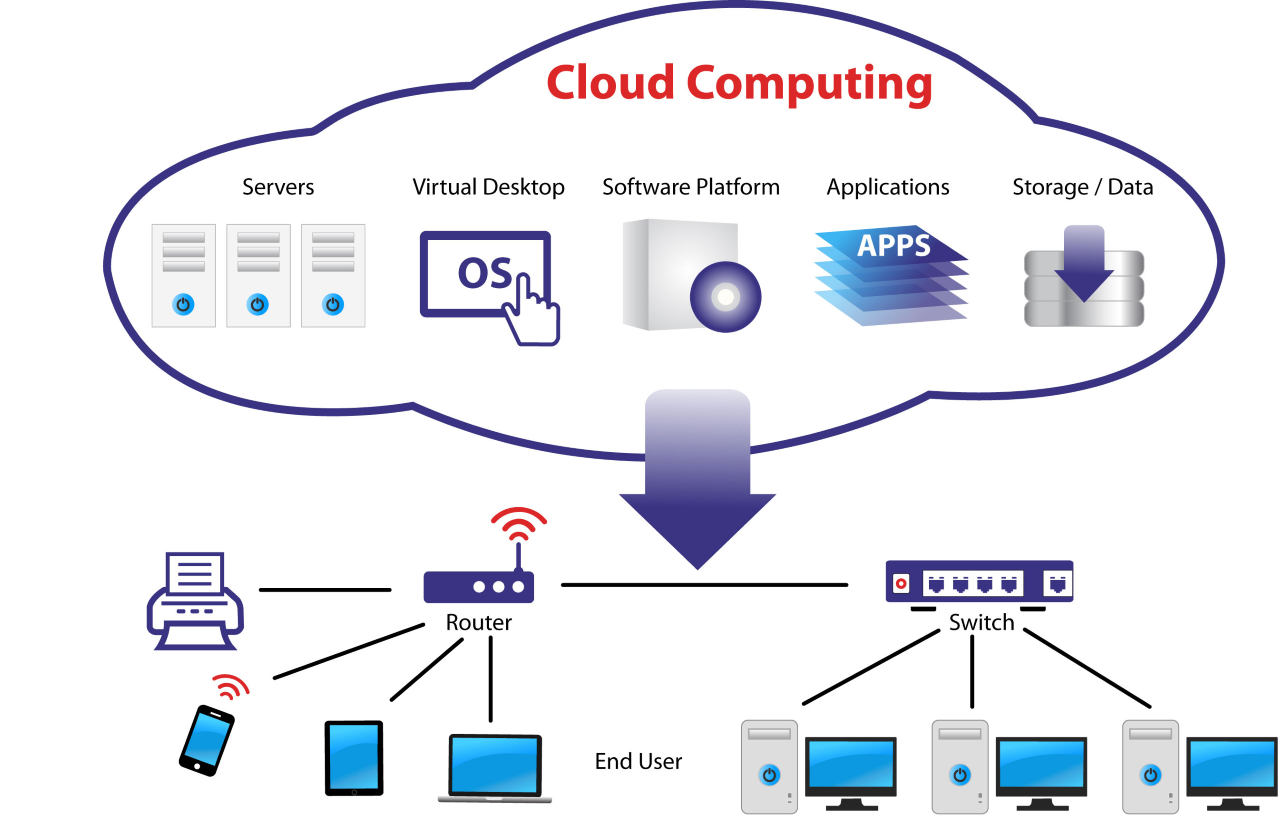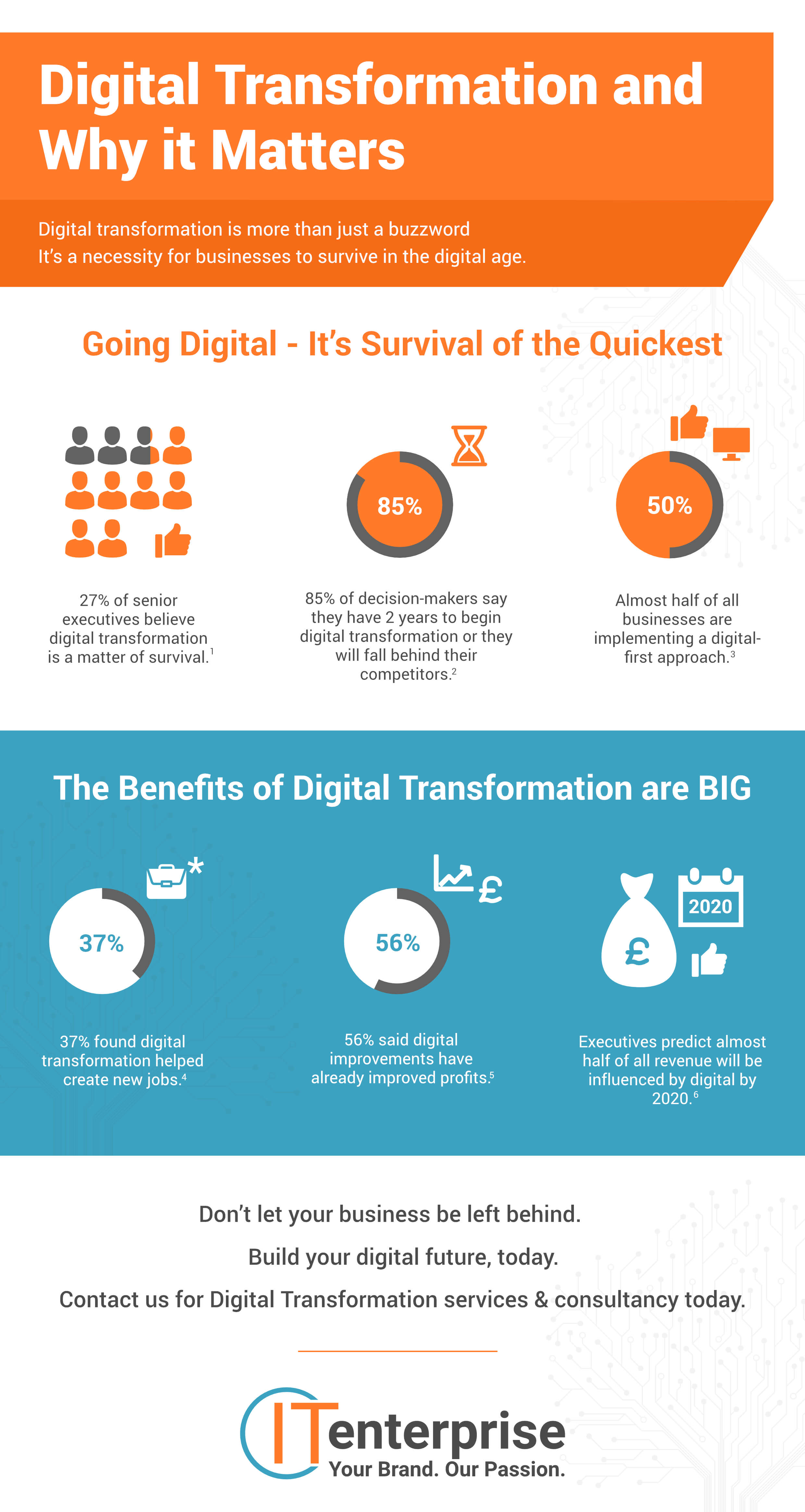Exciting Expansion: AWS Announces New Infrastructure Region in Mexico
The digital landscape is continuously evolving, presenting new opportunities for businesses and organizations worldwide. As someone who’s been deeply involved with leveraging technology to drive innovation and transformation, both through my consulting firm, DBGM Consulting, Inc., and through my personal interest in advanced technologies, the announcement from Amazon Web Services (AWS) about launching a new infrastructure region in Mexico resonates with my commitment to empowering organizations with cutting-edge solutions.
A Bridge to Innovation and Growth in Latin America
Understanding AWS’s decision to establish its Mexico (Central) Region by early 2025 reflects a significant stride towards enhancing digital infrastructure and cloud services in Latin America. This initiative not only promises to bolster data residency and low-latency services for Mexican-based and regional customers but also showcases AWS’s dedication to investing in the technological ecosystem of Mexico—a commitment expanding over 15 years with an investment surpassing $5 billion (approximately MXN $85 billion).
The Impact of AWS’s Investment in Mexico
AWS’s venture into Mexico is a testament to their long-term vision for fostering a cloud-centric future across Latin America. This decision is applauded by key figures in Mexico’s economic and digital sectors, pointing towards a mutual effort to embrace nearshoring trends and digital empowerment across various segments of the economy. With the Mexican Secretary of Economy, Raquel Buenrostro, recognizing this as a pivotal moment for digital transformation in Mexico, it’s clear that AWS’s expansion is much more than an infrastructural enhancement—it’s a leap toward enriching Mexico’s digital narrative.

Anticipated Benefits for Mexican and Regional Customers
- Enhanced Data Residency: Organizations with specific data residency needs will find solace in being able to securely host their data within Mexico.
- Reduced Latency: The strategic placement of the AWS Mexico (Central) Region promises minimized latency for customers catering to Mexican and Latin American markets.
- Advanced Technologies at Fingertips: From artificial intelligence (AI) and machine learning (ML) to Internet of Things (IoT) and beyond, AWS’s vast array of services will be readily accessible, driving innovative solutions.
Expanding AWS Global Infrastructure: A Gateway to High Availability
The introduction of the AWS Mexico (Central) Region, encompassing three Availability Zones at launch, is part of AWS’s global expansion narrative. This move not only aligns with AWS’s mission to deliver resilient, secure, and low-latency cloud services but also highlights AWS’s emphasis on promoting business continuity through strategic geographic distribution of its infrastructure.
Amazon’s Ongoing Commitment to Mexico: Prior Initiatives
Before this substantial investment, AWS demonstrated its commitment to Mexico’s digital transformation journey through several significant initiatives. These include the launch of Amazon CloudFront edge locations, AWS Outposts, AWS Local Zones in Queretaro, and an AWS Direct Connect location—each step reinforcing AWS’s role in shaping a more connected, efficient, and innovative digital Mexico.
Empowering the Workforce: Upskilling for the Future
Central to AWS’s strategy is the development of human capital. Recognizing the paramount importance of skill development, AWS has introduced multiple initiatives aimed at enhancing cloud competencies among students, technical and nontechnical professionals, and the next generation of IT leaders. Through programs like AWS re/Start, AWS Academy, and AWS Educate, AWS is laying the groundwork for a cloud-savvy workforce, ready to navigate and lead in the digital age.

Driving Sustainability Forward
Amazon’s commitment to sustainability is evident in its goal to achieve net-zero carbon across its operations by 2040. Through The Climate Pledge, and its objective to power operations with 100% renewable energy by 2025, Amazon, and by extension AWS, is setting a benchmark for responsible business practices that prioritize environmental sustainability.
Conclusion: A Milestone for Mexico’s Cloud Computing Landscape
The announcement of the AWS Mexico (Central) Region is more than an infrastructural expansion—it’s a milestone in Mexico’s journey towards becoming a digital and economic powerhouse in Latin America. As someone who views technological advancement as imperative to solver complex challenges, this development echoes my sentiment towards embracing innovative solutions for a better future. AWS’s expansion into Mexico not only aligns with the global trajectory towards digitization but also underscores the potential of cloud technology as a catalyst for transformation and growth.
For detailed insights into AWS’s global infrastructure and their services, I encourage visiting their official site.
